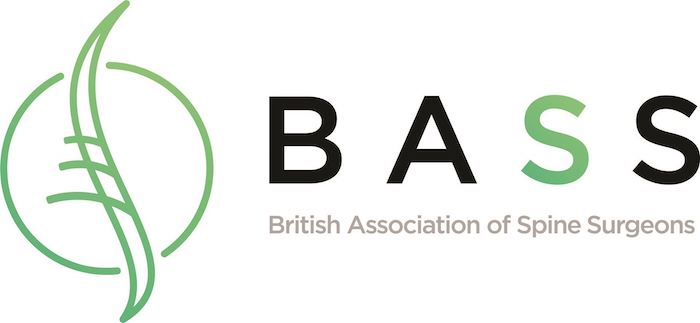Surgery: lumbar radiofrequency ablation
Introduction
Lumbar radiofrequency ablation is a surgical treatment for back pain that involves carefully heating up a small area of tissue (this technique is known as 'ablation') from within the spinal facet joints using a heated filament.
Back pain can be caused by number of different reasons including a disc herniation and/or facet joint arthritis. When a facet joint becomes arthritic it causes the capsule to become inflamed, and an inflamed facet joint together with an inflamed capsule can cause back pain. The pain is transmitted through the small nerve called the medial branch.
Before performing radiofrequency ablation, it is important to know which facet joints are causing the pain and in order to find this out it is important to perform facet joint injections and medial branch blocks of the joints which are thought to be responsible for the pain. If this relieves the patient of their back pain, then it can be assumed that the facet joints that have been blocked are the cause of the pain.
Facet joint injections can help for a period of time, but they are mainly used for diagnostic purposes rather than treatment. If the patient wishes to have something more definitive done, the next step is radiofrequency ablation which is performed under anaesthetic. It is performed very similarly to a facet joint injection and the needle is placed in a very similar place. Once a needle is in place, a long fibre filament is fed down the needle so that the tip of the filament is just beyond the needle. The filament is then heated to 80 degrees with the aim of heating up and ablating (i.e. removing the tissue of) the medial branch so that when it is stimulated it can no longer fire off and cause the patient pain.
It is important to note that this is not curative, and is essentially pain management as unfortunately the small medial branch does grow back. Despite this, radiofrequency ablation can give a patient significant relief of their back pain for 6 to 18 months. Once the nerve grows back and the symptoms return the procedure can be repeated.
Frequently asked questions
Is it very painful afterwards?
The procedure can be somewhat uncomfortable, and it is sensible to take some simple pain relief immediately after the procedure. The discomfort in the back can last a week, however after this it usually starts to feel better.
What can I do after the procedure?
After radiofrequency ablation it is sensible to take 7-10 days off work. During this time the main exercise would be walking. The general advice would be avoiding bending, lifting and twisting but at the same time to keep the back mobile. It is not necessary to have any physiotherapy for the first 2 weeks, but following this period physiotherapy may be beneficial to help with back strengthening and core stability exercises.



